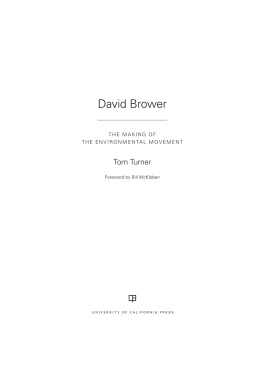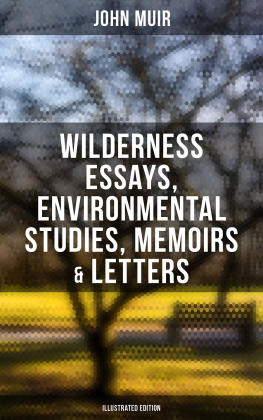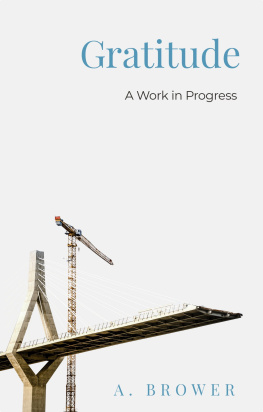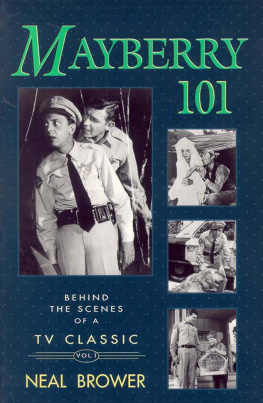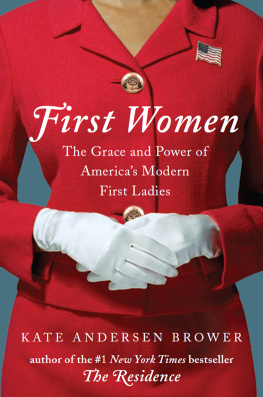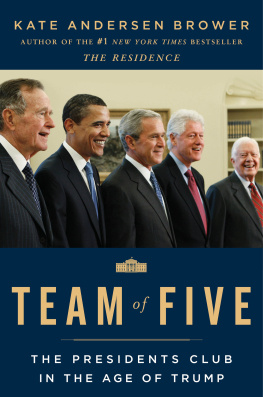Tom Turner - David Brower: The Making of the Environmental Movement
Here you can read online Tom Turner - David Brower: The Making of the Environmental Movement full text of the book (entire story) in english for free. Download pdf and epub, get meaning, cover and reviews about this ebook. year: 2015, publisher: University of California Press, genre: Non-fiction. Description of the work, (preface) as well as reviews are available. Best literature library LitArk.com created for fans of good reading and offers a wide selection of genres:
Romance novel
Science fiction
Adventure
Detective
Science
History
Home and family
Prose
Art
Politics
Computer
Non-fiction
Religion
Business
Children
Humor
Choose a favorite category and find really read worthwhile books. Enjoy immersion in the world of imagination, feel the emotions of the characters or learn something new for yourself, make an fascinating discovery.
- Book:David Brower: The Making of the Environmental Movement
- Author:
- Publisher:University of California Press
- Genre:
- Year:2015
- Rating:3 / 5
- Favourites:Add to favourites
- Your mark:
David Brower: The Making of the Environmental Movement: summary, description and annotation
We offer to read an annotation, description, summary or preface (depends on what the author of the book "David Brower: The Making of the Environmental Movement" wrote himself). If you haven't found the necessary information about the book — write in the comments, we will try to find it.
Frequently compared to John Muir, David Brower was the first executive director of the Sierra Club, founded Friends of the Earth, and helped secure passage of the Wilderness Act, among other key achievements. Tapping his passion for wilderness and for the mountains he scaled in his youth, he was a central figure in the creation of the Point Reyes National Seashore and of the North Cascades and Redwood national parks. In addition, Brower worked tirelessly in successful efforts to keep dams from being built in Dinosaur National Monument and the Grand Canyon.
Tom Turner began working with David Brower in 1968 and remained close to him until Browers death. As an insider, Turner creates an intimate portrait of Brower the man and the decisive role he played in the development of the environmental movement. Culling material from Browers diaries, notebooks, articles, books, and published interviews, and conducting his own interviews with many of Browers admirers, opponents, and colleagues, Turner brings to life one of the movements most controversial and complex figures.
Tom Turner: author's other books
Who wrote David Brower: The Making of the Environmental Movement? Find out the surname, the name of the author of the book and a list of all author's works by series.

